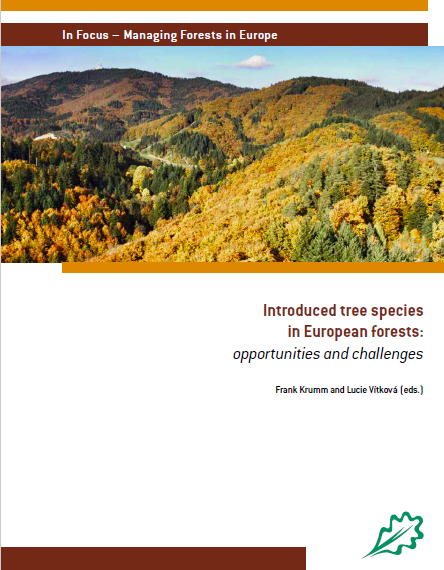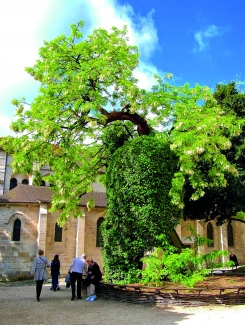
Introduced trees species into European forests
Published on


In the context of forest and landscape management, the use of introduced tree species is an important and controversial topic. The publication Introduced tree species into European forests: Opportunities and Challenges is a compilation of scientific knowledge and practical experience on the topic and includes contributions by 89 authors from 18 countries. A German version is now available.
Introduced species have the potential to seriously threaten biodiversity and/or disrupt natural ecosystems, and cause high costs. For example, introduced biological agents that cause tree diseases are a co-factor that determines whether an introduced species becomes invasive or not. In addition, the frequency and extent of disturbances in Europe can amplify the effects.
However, economic, social and cultural aspects need to be considered as well. In some regions of Europe, some industries depend on the forest sector and certain productive native species, such as spruce and Scots pine. These can be particularly affected by climate change and thus the need for alternative species, such as the Douglas-fir. Introduced tree species are an opportunity for wood production and can be alternatives for a changing species composition in forests under the influence of climate change.
This book was published as part of the In-Tree project, which aims to disseminate practical and scientific knowledge on introduced (and invasive) tree species in European forests and is supported by the German Federal Ministry of Food and Agriculture (BMEL).
A comprehensive policy brief is also available to policy makers, forest managers, researchers and public here (EN ES FR IT RU DE).


